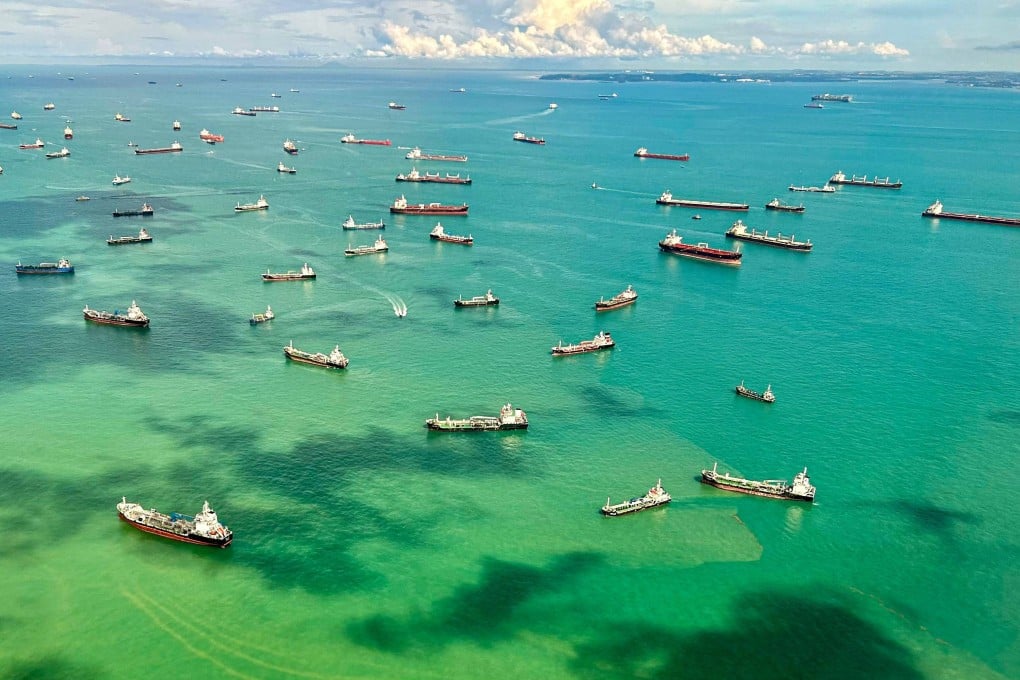
Singapore Strait Piracy Surges in Q2: A Regional Security Flashpoint
While geopolitical tensions in the South China Sea continue to dominate headlines, it’s the Singapore Strait that has emerged as the most pressing maritime security concern in Asia for the second quarter of 2025. According to a new report by Risk Intelligence, this narrow but critical shipping lane is experiencing an unprecedented surge in vessel boardings — and the implications for regional maritime safety are significant.
A Disturbing Trend: Incidents Skyrocket by 309%
In Q2 alone, there were 45 reported boardings of vessels in the Singapore Strait — up from just 11 incidents during the same period in 2024. That’s a 309% year-on-year increase, following an already sharp spike of 208% in the first quarter. So far in 2025, 82 boardings have been reported in this stretch of water — a staggering 257% jump compared to the 23 incidents recorded in the first half of last year.
These numbers mark a stark deviation from historical patterns and highlight the Singapore Strait’s evolution from a piracy concern to a full-blown hotspot for maritime crime. Even more concerning, this area now accounts for 85% of all reported incidents in Southeast Asia — up from 52% just a year ago — underscoring how the problem is becoming highly concentrated.
What’s Driving the Surge?
Traditionally, fluctuations in sea crime were tied to seasonal weather, lunar cycles, and holiday economics. But the current trend doesn’t follow those patterns. Since November 2024, reported incidents in the Strait have averaged 13 per month, with a peak of 19 incidents in May — and the trend is continuing upward.
Analysts now point to weak law enforcement within overlapping areas of Indonesia’s territorial waters as a likely cause. Without sufficient maritime policing and deterrence, criminal actors are becoming bolder, more organized, and increasingly persistent.
Who’s Being Targeted?
The breakdown of attacked vessels in Q2 2025 provides key insight into the tactics of these maritime criminals:
• Bulk carriers: 26 boardings (58% of total)
• Tankers: 11 boardings (24%)
• Barges: 4
• Container ships: 3
• General cargo vessels: 1
• Offshore vessels: 0
Perhaps most notable is the return of container vessels as a target. After over a decade without any boardings, container ships have now been involved in eight incidents over the past two quarters — all involving armed perpetrators. While bulkers remain the most targeted ship type, this development signals a diversification in criminal strategy and an increased willingness to confront high-value cargo carriers.
Armed and Aggressive: A Threat to Crew Safety
The perpetrators are typically armed with knives, airsoft guns, and improvised weapons. In response, some ship operators have installed razor wire at the sterns of transiting vessels. While this has acted as a deterrent, it hasn’t always stopped boarders — in at least one instance, attackers attempted to cut through the wire barrier.
Although there have been no reports of kidnappings for ransom or cargo ship hijackings (excluding tugboats and bunker barges) since 2020 and 2017 respectively, the frequency and boldness of these boardings are deeply troubling. As petty theft remains unchecked, there’s a real danger that incidents could escalate into more violent and disruptive events.
Meanwhile, in the South China Sea…
Elsewhere in the region, geopolitical tensions remain high — but so far, they’ve had no direct impact on the commercial shipping industry. Tensions between the U.S. and China continue to simmer, particularly over seabed survey operations. China strongly objected to U.S. activities in the South China Sea this quarter, calling them a threat to its territorial claims, even as it conducted similar operations inside Vietnam’s Exclusive Economic Zone.
Simultaneously, the region witnessed a series of joint naval exercises. In May, China and Cambodia carried out “Operation Golden Dragon,” simulating the rescue of a hijacked cargo vessel. Though largely symbolic, such drills highlight the military readiness surrounding critical trade routes — even if they haven’t disrupted cargo vessel movement… yet.
The broader diplomatic picture is evolving too. China’s Prime Minister Li Qiang’s visit to Jakarta in May culminated in $10 billion in Chinese investment, strengthening China-Indonesia relations amid U.S. trade tariff pressures. While these moves add to the geopolitical complexity, they haven’t yet translated into maritime insecurity — unlike the very real threat developing in the Singapore Strait.
Final Thoughts: A Call for Regional Action
The Singapore Strait is now firmly in the crosshairs of maritime criminals. The spike in incidents is no longer cyclical — it’s structural, fueled by lapses in enforcement and rising economic incentives. And although broader regional waters have seen improvements, this narrow corridor remains vulnerable.
If this trend continues unchecked, ship operators, insurers, and regional governments alike will be forced to consider more aggressive deterrent strategies — including increased patrols, private security, or international maritime cooperation.
For now, one thing is clear: The Singapore Strait demands immediate attention from the global maritime security community.
For tailored assistance and end-to-end support, contact us at enquiries@priavosecurity.com.
